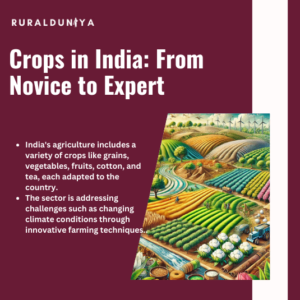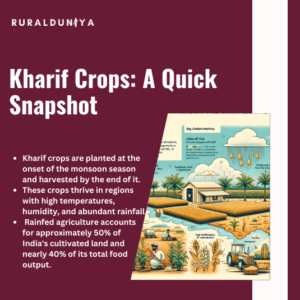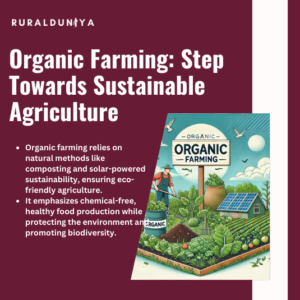Well, howdy! the most important issues in India’s agricultural sector – MSP Minimum Support Price will be discussed. The Government of India employs it as a method of market intervention to safeguard agricultural producers against significant decline in agriculture prices.
MSP: Kisan Andolan
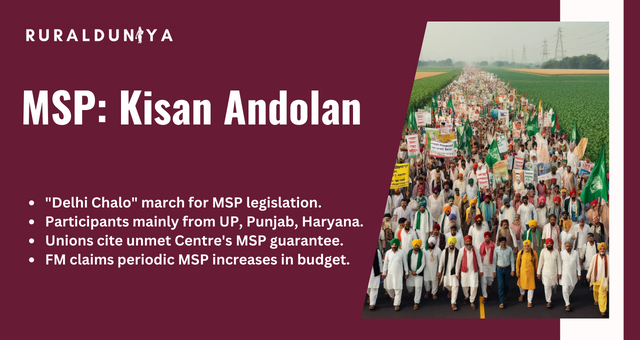
Farmers have organised the “Delhi Chalo” march with the purpose of drawing attention to their primary concerns, which include the implementation of legislation that ensures agricultural products receive a MSP.
The geographical distribution of the participating farmers, who are primarily from western Uttar Pradesh, Punjab, and Haryana, underscores the extensive apprehension and unity among agricultural practitioners concerning it and other pertinent matters.
According to the farmer’s unions, the Centre has not delivered on its commitment to furnish a legal guarantee for Minimum Support Price, which was mutually agreed upon following the extensive demonstrations in 2021.
Finance Minister Sitharaman stated in the interim budget presentation, “Minimum support prices for the produce of ‘Annadata’ (farmers) are increased periodically and proportionately.”
Why Farmers Demand Minimum Support Price?
- Due to the twin droughts of 2014 and 2015, commodity prices have been in decline for producers since 2014.
- The implementation of the Goods and Services Tax (GST) and the twin disasters of demonetisation severely impacted the rural economy, particularly the non-agricultural sector, but also agriculture.
- The economy’s deceleration subsequent to 2016-17, coupled with the global health crisis, has further solidified the precarious state of affairs for the majority of producers.
- The situation has become more dire due to increased costs of petroleum, electricity, and fertilisers, which are all inputs.
- By ensuring that farmers are compensated fairly for their crops, it contributes to the alleviation of farm distress and destitution. This is especially vital in states where agriculture serves as the primary means of subsistence.
CACP – Commission for Agricultural Costs and Prices
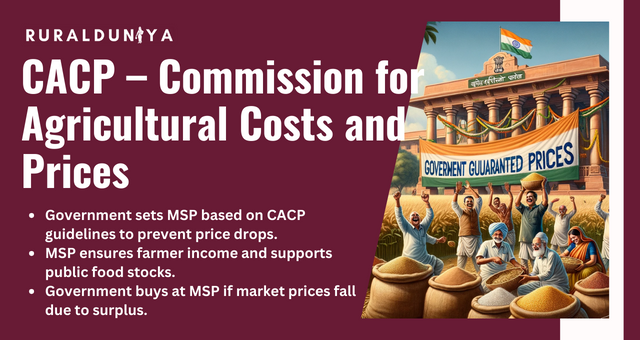
The Government of India declares the minimum support prices for specific commodities at the onset of the sowing season, in accordance with the guidance provided by the Commission for Agricultural Costs and Prices (CACP).
It is the price set by the Indian government to safeguard farmers, the country’s producers, from an excessive price decline during years of abundant production. The minimal support prices serve as a government guarantee for the prices of their products.
The primary aims are to procure food grains for public distribution and to assist producers through distress sales.
In the event that the advertised minimum price is not met by the market due to an excess of supply and abundant production, government agencies acquire the complete quantity of the commodity from the farmers at the minimum price that was announced.
Crops Under MSP
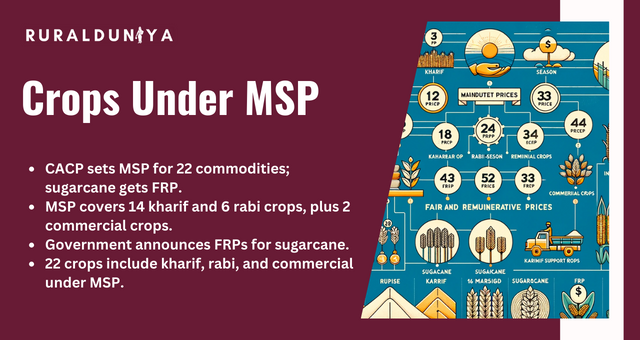
- 22 mandated commodities are assigned MSPs by the CACP, while sugarcane is assigned a fair and remunerative price (FRP).
- The mandated commodities consist of fourteen kharif-season crops, six rabi crops, and two additional commercial crops.
The government declares fair and remunerative prices (FRPs) for sugarcane and minimal support prices for twenty two mandated crops. Fourteen crops during the kharif season, six rabi crops, and two additional commercial commodities are mandated.
The subsequent items comprise the inventory of crops.
- Ragi, paddy, wheat, barley, jowar, bajra, and bajra are the (7) cereals.
- Gramme, arhar/tur, moong, urad, and lentil comprise the (5) pulses.
- Groundnut, Rapeseed/Mustard, Toria, Soybean, Sunflower Seed, Safflower Seed, and Nigerseed are the (8) oilseeds.
- Raw cotton
- Raw jute
- Dehusked coconut
- Sugarcane
- VFC (Virginia flu cured) tobacco
Does MSP Really Benefit Farmers?
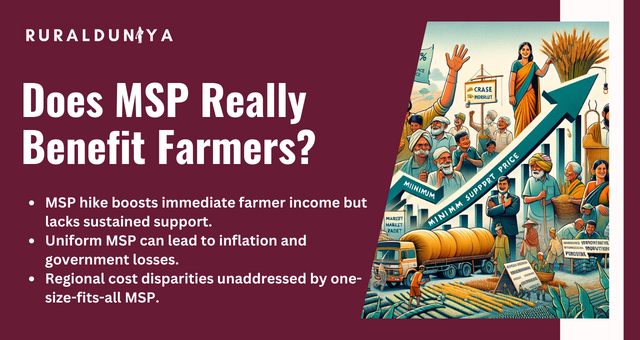
Recently, it increased by 50%, much to the delight of numerous producers. It has numerous implementation drawbacks, despite the fact that it is hailed as a critical factor for farmers, promising an immediate increase in their income and stability.
Pros of MSP:
- It guarantees assured pay through a one-price policy, which has a direct impact on the pockets of producers. (All agricultural prices from 2009 to 2018)
- It establishes the price by taking into account a multitude of factors and prevents the cultivator from being capitulated to the market.
- This policy provides the funding for the public distribution system and food security buffer stocks.
- It has a significant impact on market prices and assists the farmer in increasing output to achieve income parity with other sectors.
Cons of MSP and areas for improvement:
- Increasing the MSP without making infrastructure investments is a short-term strategy. Although it does yield immediate outcomes, it is equally crucial to have long-term advancements to support it.
- The expenses that are encompassed by Minimum Support Price consist of labour (FL) and sowing costs (A2).
- Controversy surrounds these factors, with some proposing that they ought to be determined by comprehensive costs (C2).
- An excessive increase in it can lead to inflationary consequences for the economy, such as heightened costs for food grains and vegetables, or financial loss for the government treasury.
- The farmer can theoretically sell the commodity to the government if it falls below the it; the government will resell the commodity or hold it as a buffer.
- In many instances, the market value falls below it because the government lacks the necessary infrastructure and procurement apparatus.
Putting it All Together
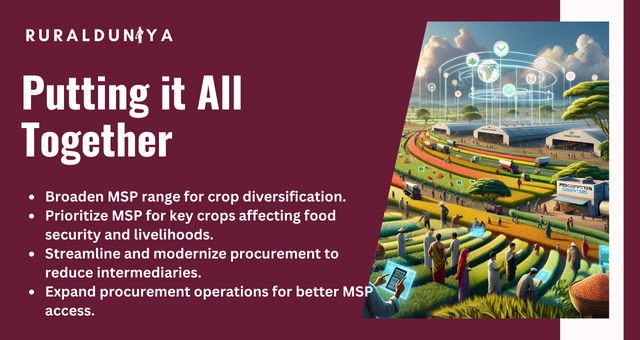
In order to mitigate the prevalence of rice and wheat and promote crop diversification, the government may progressively broaden the range of commodities that qualify for MSP assistance.
This will encourage producers to cultivate crops in accordance with market demand and provide them with additional options.
Instead of imposing it on all crops in all regions, the government could prioritise establishing it for food security-critical commodities and those that have a proven impact on the livelihoods of farmers.
This targeted strategy can aid in the optimisation of resource distribution. To guarantee producers’ access to minimum support price, procurement mechanisms should be renovated and brought up to date.
This may entail the development of procurement systems that are more streamlined, the elimination of intermediaries, and the enlargement of procurement agencies’ operations.
FAQs
What is the difference between the Minimum Support Price (MSP) and Issue Price?
The government guarantees a Minimum Support Price for each agricultural commodity, while the issue price denotes the cost at which the government issues those crops.
What are the factors determining the Minimum Support Price?
Considering the following elements, the CACP determines the minimal support price: Requirements and supplies. The production cost. Market price trends, including those of domestic and international markets.
As inquired in the UPSC, what is the number of coverage for commodities under the Minimum Support Price scheme?
Annually during both crop seasons, the Government of India declares Minimum Support Prices for 22 main agricultural commodities of Fair Average Quality (FAQ), in consideration CACP recommendations.
As inquired in the UPSC, who announces MSP in India?
Cabinet Committee on Economic Affairs announces Minimum Support Price. It is announced on the basis of recommendations given by CACP.
Which crop first introduced MSP?
The first ever crop to get an MSP decided was wheat, which got an fixed at Rs 54/quintal.

Nishank is a social impact enthusiast with a solid foundation in public policy, micro-enterprise, and agribusiness. Growing up in a farmer’s family has given him a profound connection to rural communities, fueling his passion to empower people towards self-reliance. He completed his undergraduate studies at the Delhi University and earned a master’s degree in Rural Management from National Institute of Rural Development & Panchayati Raj in Hyderabad.

